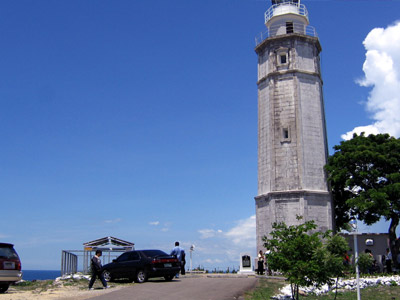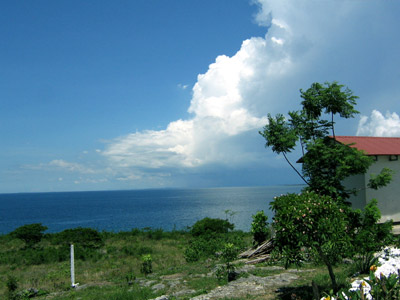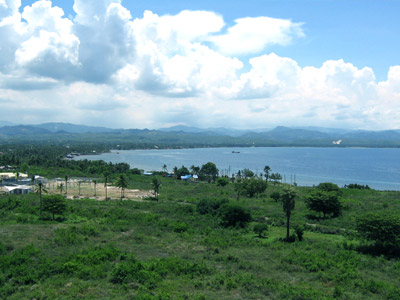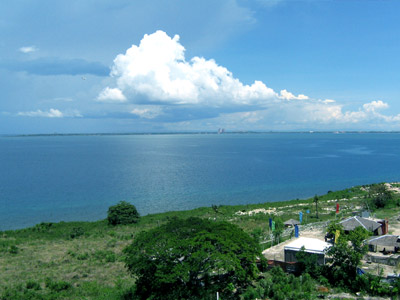Lilo-an shows way in treating wastewater

Cebu City – Lilo-an, a second class municipality located north of this city, has shown the way to other coastal tourist towns on how to treat wastewater flowing to the sea. The town is the site of a decentralized wastewater treatment facility, a pilot project funded by the Asian Development Bank (ADB), which has significantly reduced the coliform cell counts in the seawater near the beaches.
Lilo-an, which is composed of 14 barangays with total population of about 80,000, boasts of spectacular beaches extending up to five kilometers and is famous for a 72-foot American-designed lighthouse built as early as 1904, which until today guides ships passing the historic Mactan Channel.

The lighthouse was refurbished and now uses solar power, which it stores for use at night to provide navigational aid for ships and ferries. Mayor Aurora Sevilla said the ADB-funded wastewater treatment facility has restored the reputation of Lilo-an as a town with safe and clean shoreline. "More people are now coming to the beaches of Lilo-an," she said.
Reports in the past that colliform cell counts in the town's waters, an unambiguous indicator for fecal contamination, was high have diminished tourists' interest in the town's resorts.

Because of these reports, Dr. Andreas Koenig, a senior consultant for the Department of Environment and Natural Resources and who works for the German development agency Center for International Migration and Development, chose Lilo-an as the site of a wastewater treatment facility on a $50,000 grant from the ADB.
The facility, completed in November 2005, now treats 60 cubic meter of wastewater mainly from a wet market and the residential area in Poblacion, before being dumped to the sea.

It treats the wastewater using a rotating biological contactor which kills bad bacteria from the water and promote the growth of useful ones through processes called coagulation and digestion.
Koenig said that compared with the traditional technology, the biomass-based treatment is less costly and more stable. The facility was turned over to the market vendors association which will maintain the facility by collecting fees from its members and operating restrooms.
Koenig said the facility proved to be efficient in reducing pollutants in the water discharges to the sea.
"It is something this has not been done yet in the Philippines," he said.
He said he hopes that the facility will be replicated in other parts of the country, particularly in coastal towns with high colliform problems. Roderick T. dela Cruz